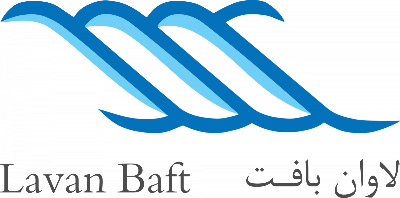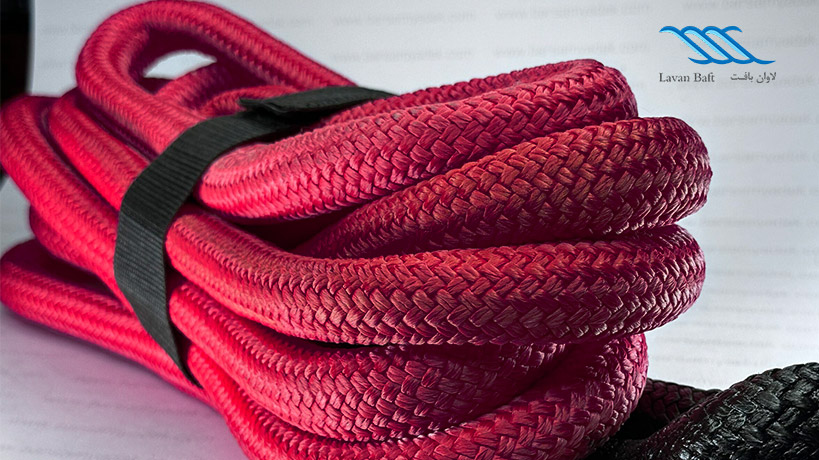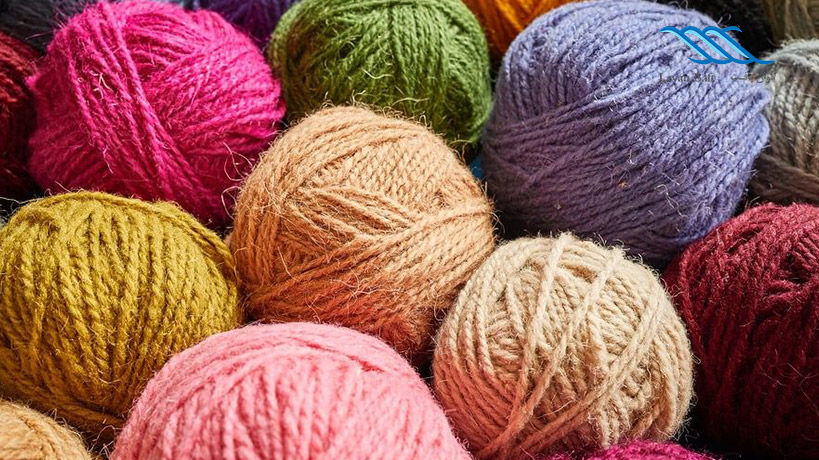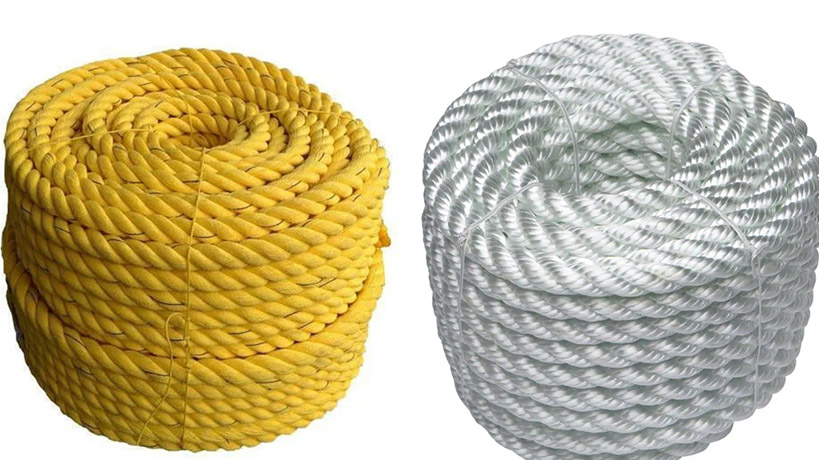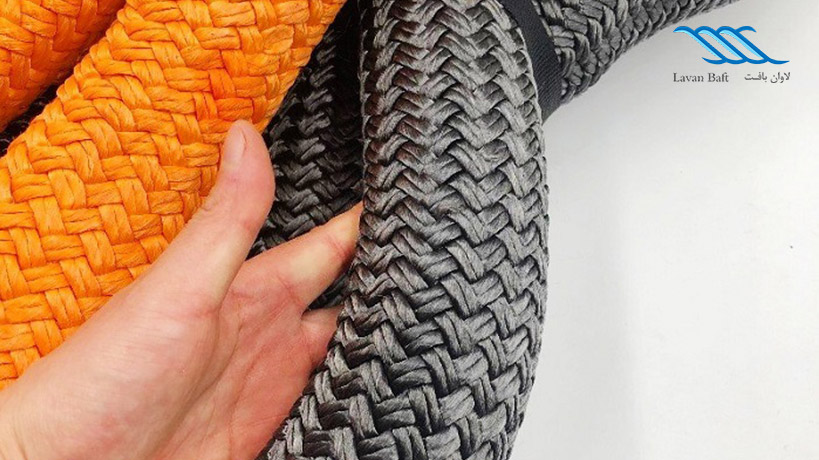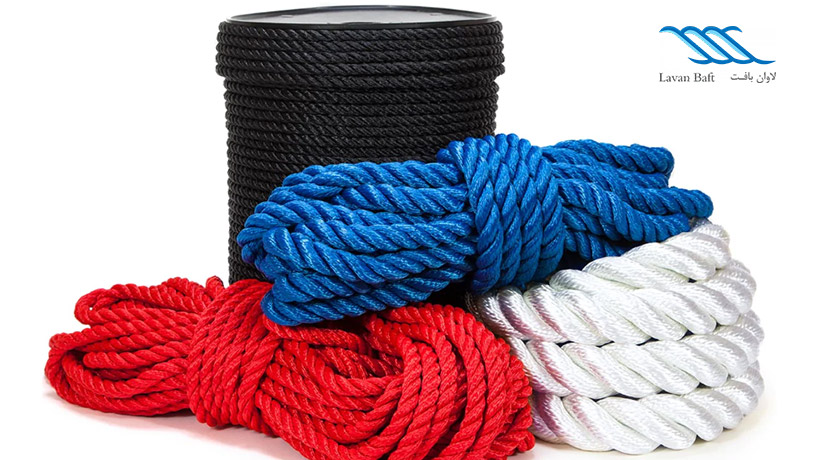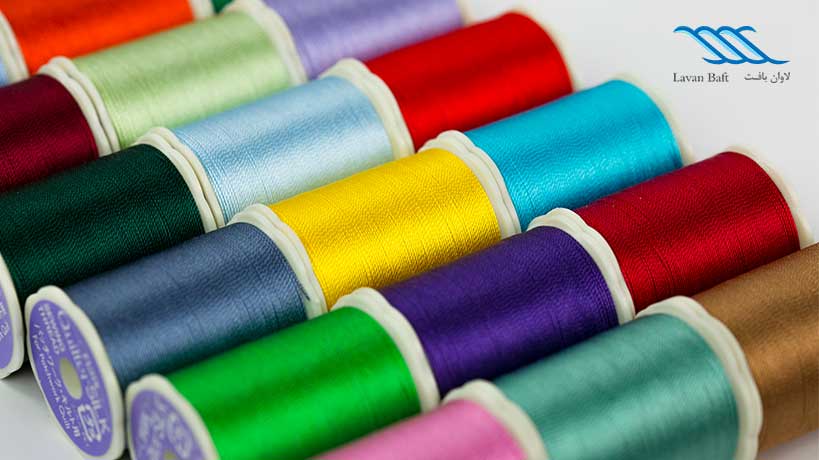Narrow, thin and long strands made of synthetic and natural fibers are called yarn. Threads are used for sewing fabric, preparing clothes, in medical industry in surgery, sewing clothes and carpets or in the textile industry. Natural fibers or synthetic fibers are used in the production of yarn. Natural and synthetic yarns can be produced by joining fibers together. Yarn is one of the most useful products made by man. Threads have different types and are very diverse. Due to the change of human needs, threads are becoming more diverse and their use is becoming more specialized. You may be wondering how many types of thread are there? In this article, we will examine the types of yarn, so that you don’t make a mistake when choosing and buying different types of yarn and make your purchase with confidence.
History of yarn types
Textiles have been used by humans since the past. In the past, they used these textiles as flooring for their living areas; With the passage of time, people realized that they can use different fibers to make clothes suitable for the climate of their place of residence. The ancients also used Duke. The main job of the spindle was to turn wool and animal hair into yarn; To do this, wool or silk was pulled and twisted.
Types of yarn in terms of production method
Generally, there are two types of yarn: filament yarn and spun yarn
filament yarn
Filament yarn is also known as BCF. Filament yarn is a type of bulky yarn that has many uses. Filament is a soft, thin and long thread that is created during chemical processes and as a result of passing through the filament maker and is collected in the form of solid threads or is a silk thread, which is formed from the opening of the cocoon. Silkworm is prepared and it is inherently soft and thin.
spun yarn
The spun yarn is made from staple fibers, which are placed parallel to each other and twisted. Spun yarn can be made from short natural fibers or man-made filaments.
Specifications of thread types
The specifications of yarn types are different from each other and there are many cases in determining the properties and characteristics of yarn types. For example, most natural fibers show relatively good resistance to abrasion and are easily stained and cleaned. Among the characteristics of mixed and synthetic yarns, we can mention a very high strength against stretching and tearing. Fabrics produced by these yarns typically do not wrinkle, even when wet. Also, after getting wet, they do not absorb much moisture and dry quickly.
The use of various types of thread
Threads are widely used in the textile industry. Applications of yarn in the textile industry include:
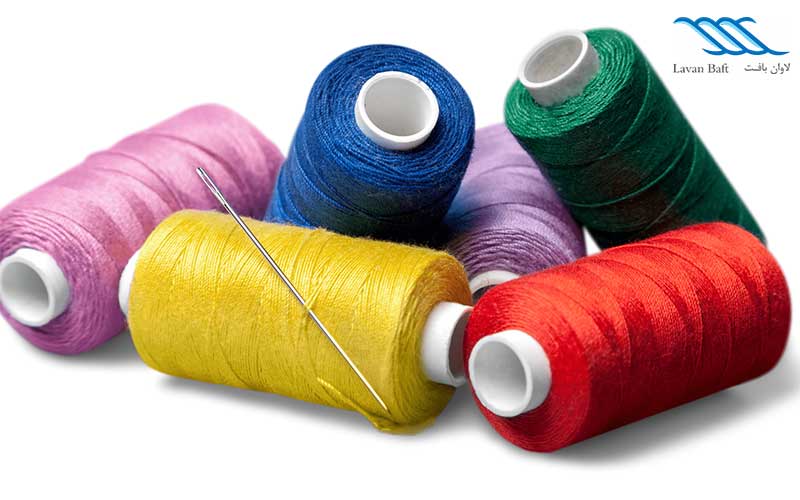
Sewing and preparing clothes
It is used to connect pieces of fabric to each other. As you know, thread is used to sew and prepare all kinds of clothes with different shapes.
fabric production
Yarn is the main and generally the only component of fabric.
packing
In the packaging industry, we use various tools, one of the most widely used tools is packaging thread. In the production of all kinds of packaging yarn, materials such as polyethylene and polypropylene are used and other materials are added to determine the quality, color and size of the product. According to the structure and different characteristics, the packaging yarn is divided into several groups, which include packaging yarn, baling yarn, hay yarn and baler twine (press yarn).
agriculture
Agricultural twine is one of the most widely used tools and equipment in agriculture. These threads prevent the bushes from falling by pulling them up and maintaining them. According to the type of product, threads with different thicknesses are also used. Agricultural thread is produced using the best and highest quality type of polypropylene and other necessary additives, which is used in other industries such as packaging and fishing in addition to agriculture.
Classification of yarn types according to gender
Types of natural threads
Natural yarns, as their name suggests, are made of natural materials and no chemical or synthetic materials are used in their production process.
cotton thread
This thread is widely used in sewing, cotton thread is of natural origin and is used in the art of sewing for stitching and embroidery, and it is one of the most widely used in the clothing and textile industry.
woolen thread
Wool threads are part of natural animal fibers and have natural origin. However, sometimes they use a mixture of fluff and wool along with polyester to prepare them. These threads are often used for embroidering on thick fabrics.
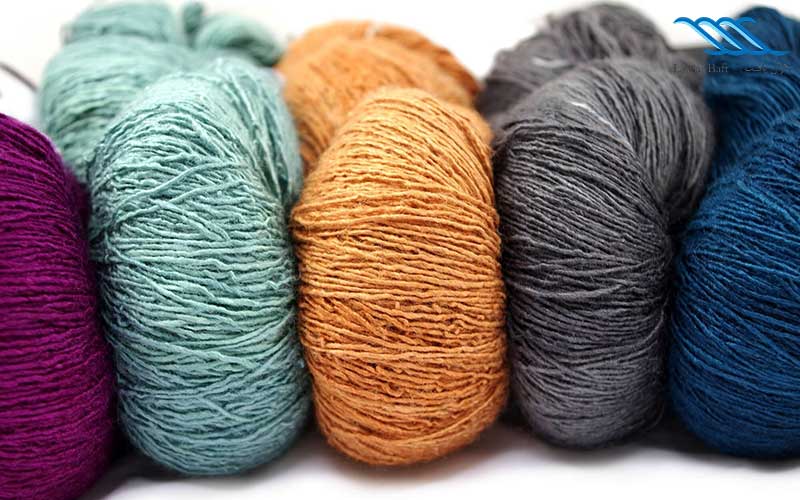
silk thread
Silk thread has a shiny appearance like natural silk, but because it is made from cellulose material through chemical processes, it is called artificial silk. These threads are often used for embroidery.
Demsa thread
These threads are made of high-quality linen and do not change color after washing. It is also resistant to iron heat and does not change the quality. This thread is used for embroidery art.
Types of synthetic yarns
These threads may have natural roots, but because they are produced by artificial methods, they are named as such. Synthetic yarns have gained a major place in the market due to the lack of production restrictions and the ability to compete with natural yarns.
polyester string
Polyester yarn is one of the types of synthetic yarn and it is divided into different types such as DTY, FDY, POY, ATY, intermingle and staple.
Acrylic yarn
Acrylic thread has many uses, but the most common use is in the production of machine carpets.
nylon thread
Nylon thread, which is also known as surgical thread, is used by doctors in surgeries and has different types.
Polypropylene yarn
One of the types is polypropylene thread. The thread of this thread is very widely used and popular due to its properties, and it is widely used in cases such as sanitary purposes and filter production.
Metal threads
These shiny and impressive threads, which are produced in two colors, gold and silver, are used for decoration and are used for embroidery.
Sarkis embroidery thread
These threads are used in various factories such as rice, wheat, plaster and cement factories for sewing sarkiseh.
turban thread
This yarn is thicker than Demsa yarn. Its material can be cotton or linen. In some models of this thread, it is combined with polyester fibers.
Mixed yarns
Mixed yarns are a combination of natural and synthetic yarns.
Conclusion
Threads can be divided into two categories: natural fibers and synthetic fibers. There are different types of yarn and each of them has unique features and uses. They are used in different industries according to their appearance and characteristics. Threads can be divided into different types in terms of type and use. In this article, in addition to introducing you to the types of yarn, we examined the characteristics and general characteristics of the types of yarn. We also introduced the types of thread available in the market so that you, dear ones, will not make a mistake when buying thread and choose the thread you want with confidence. Join us with your comments.
